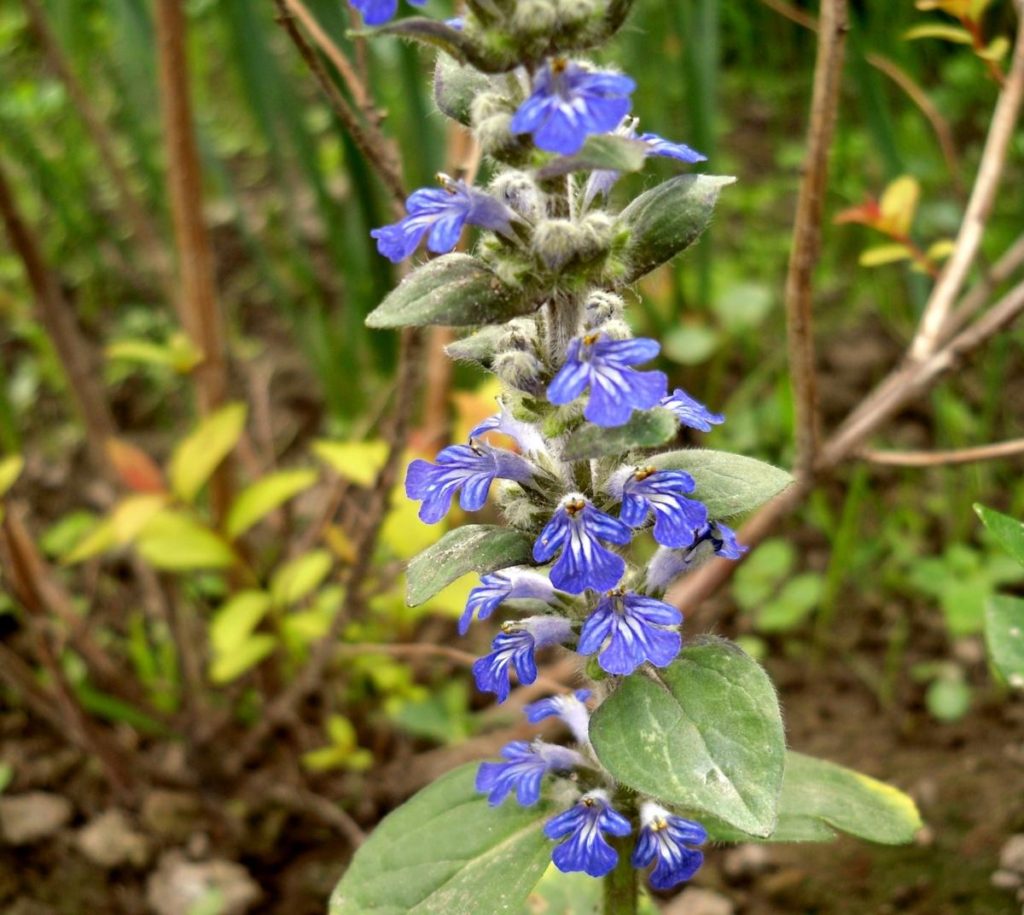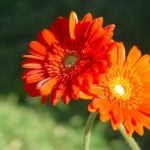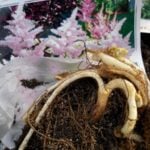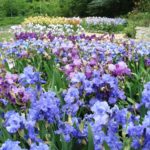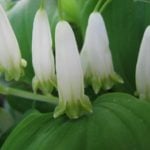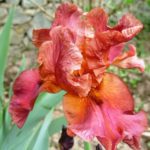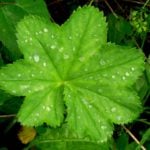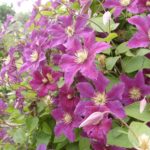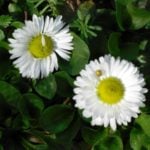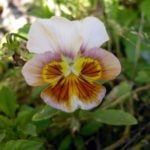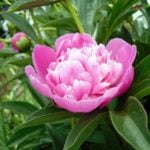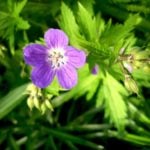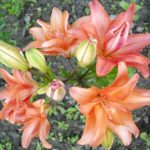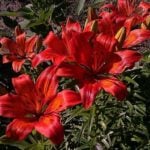In the middle latitudes, a hardy and unpretentious groundcover plant – Bugleherbe-is often found in meadows.
Its name is “talking”: you can immediately see that the plant has an unsurpassed vitality and the ability to “spread”, filling large spaces with shoots. In May, when the plant begins to bloom, the sky blue spreads on the lawns occupied by it.
The peduncles rise up to 15 cm (5.9 in) and are clearly visible even in tall grass, thanks to the large number of small bright blue flowers. In varietal plants, breeders have achieved the appearance of flowers with white and pink color.
Yes, bugleherba has many wonderful varieties that differ in the color not only of the flowers, but also of the leaves. For example, one of the most common — Multicolor – has brightly colored leaves, giving it a bright and unusual appearance.
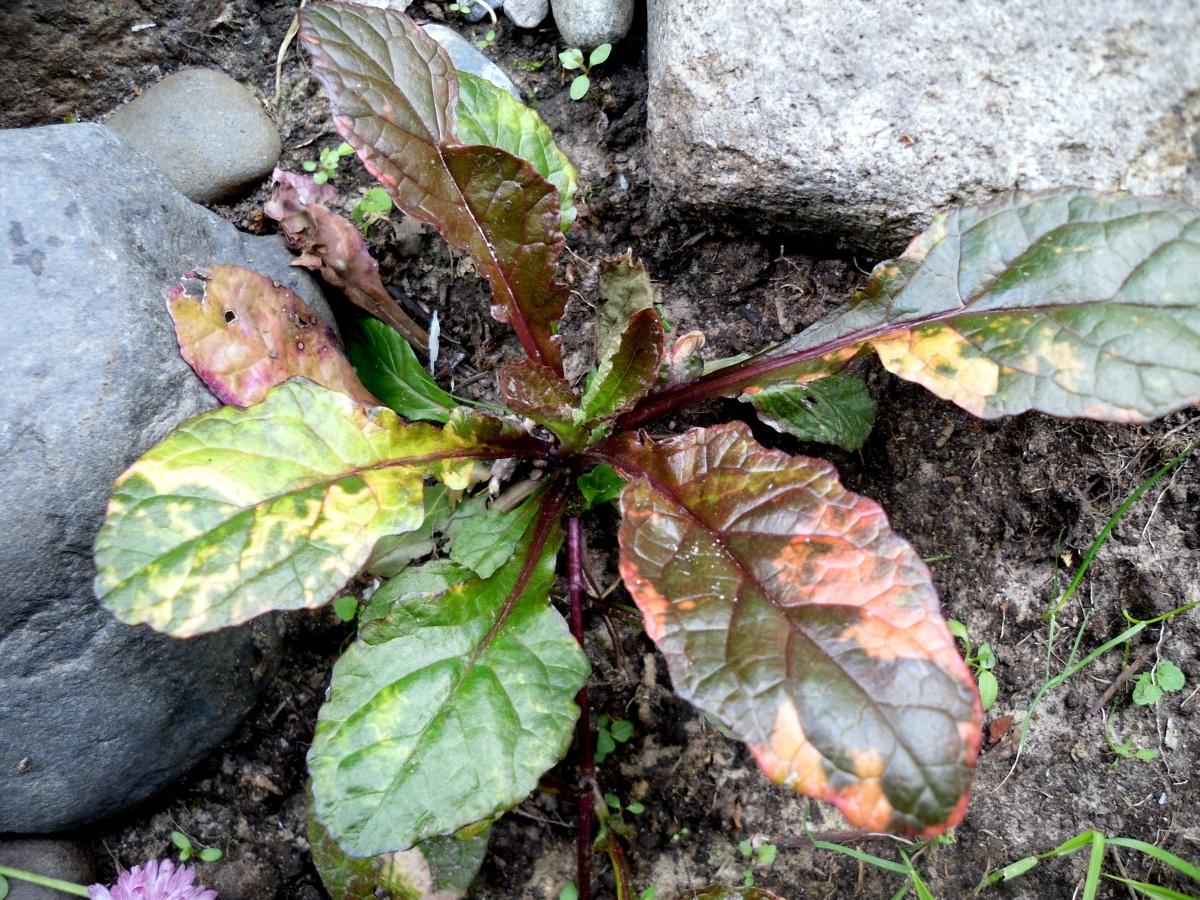
From the main fork, many long shoots (up to 30 cm/11.8 in) grow during one season, and each of them is a young plant that instantly takes root when in contact with moist soil.
Planted in the spring, bugleherbs form a beautiful carpet in the fall, filling the space provided to them. In spring or autumn, small forks can be separated from the main plant and planted separately. This is the main method of reproduction and very effective, it is worth noting.
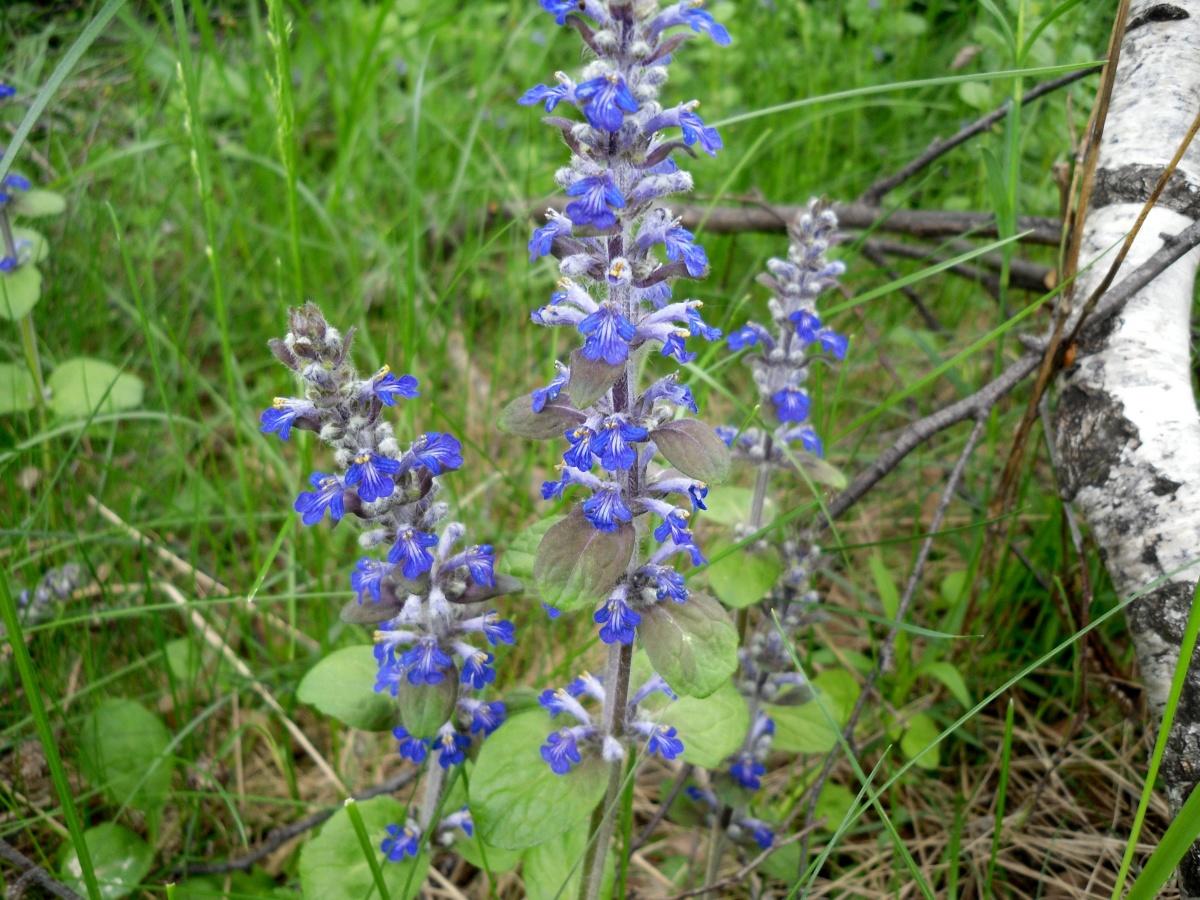
For planting bugleherba, a place in partial shade or even in the shade is preferable. Justifying its name, it will grow almost anywhere, while the maximum decorative effect of the plant can be achieved by providing it with good conditions: moist, fertile soil, covered from direct sunlight area.
Perfect planting of bugleherba under the crowns of shrubs. For example, along the hedge, it forms a charming carpet, which, in addition to the decorative effect (throughout the season, which is also important!), will also perform a practical function: reduce the number of weeds.
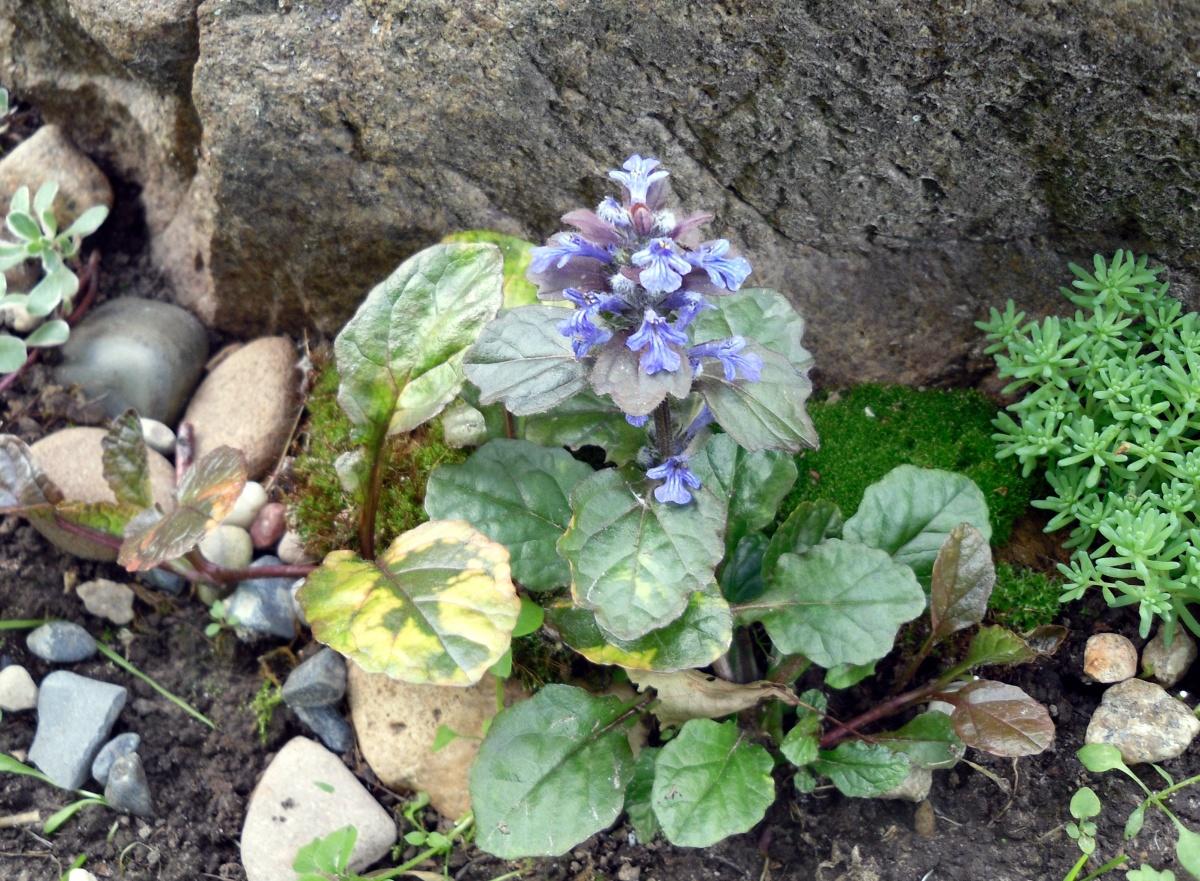
I have a Bugleherbe that grows well at the foot of a rockery located in partial shade. It is in harmony with the stones, and the proximity of sedum and moss creates an interesting combination of textures and shades.
Like a Bugleherbe on the shore of an artificial or natural pond, in the shade of tall plants. And yet, thanks to its shallow root system, this plant is suitable for growing in containers, where it creates a great background for other crops. For this purpose, mainly varietal plants with decorative foliage are used. Moreover, since the Bugleherbe is one of the evergreens, you can plant it in the winter garden.
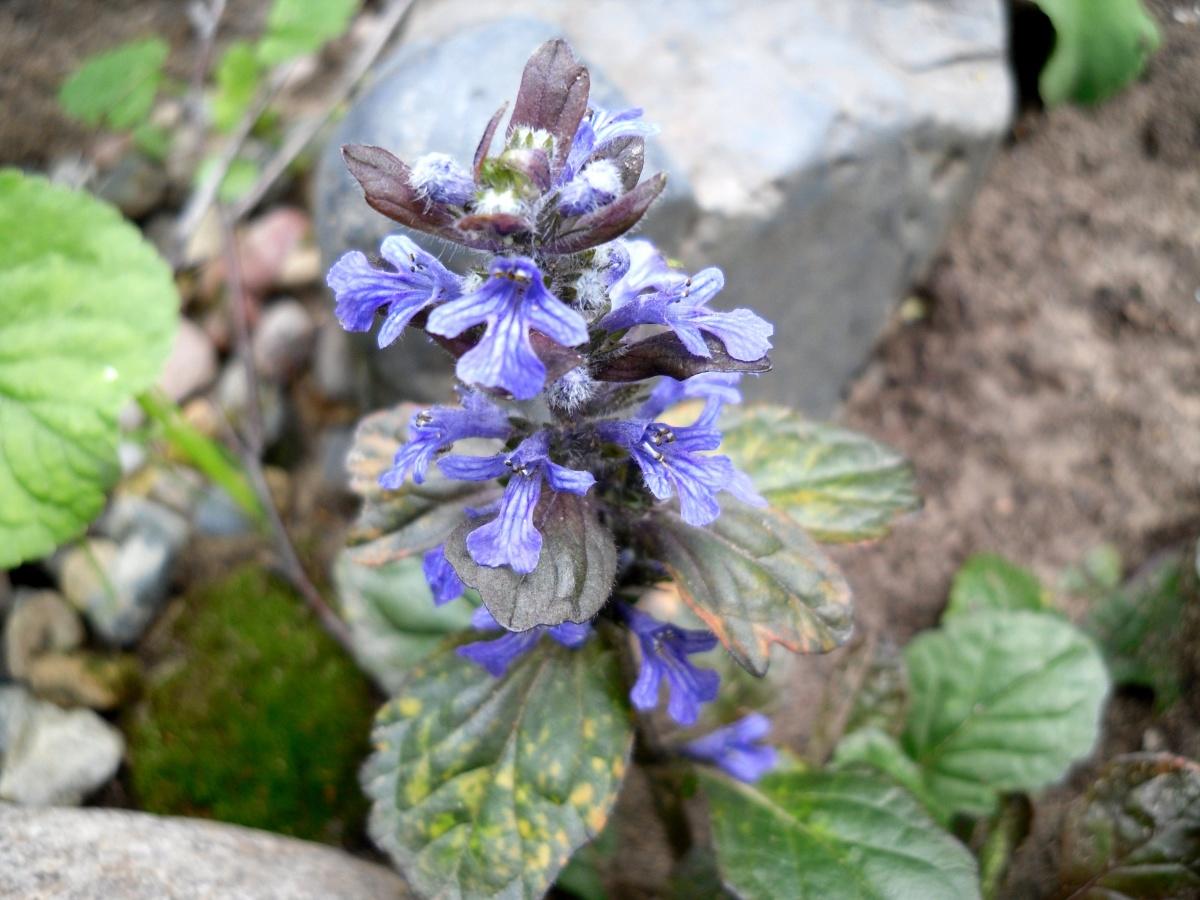
When choosing partners for Bugleherb, it is important to avoid plants that are not able to”stand up for themselves”. Bugleherbe is an aggressor, and small, weak neighbors have almost no chance to resist its pressure. But, for example, a vascular plant or hosta surrounded by such elegant “mats” only benefit.
